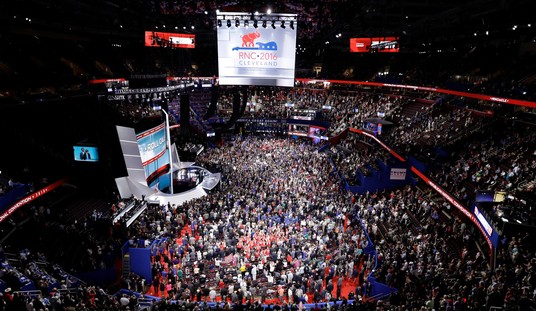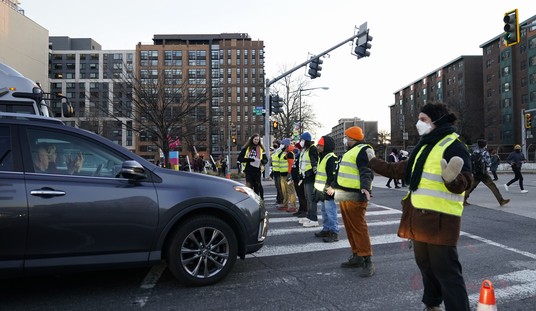How bad is the error rate for consumers who have enrolled in Obamacare insurance plans through the HealthCare.gov website?
Bad enough that Centers for Medicare and Medicaid Services (CMS) released the information in a Friday afternoon document dump. And bad enough that liberal cheerleaders are claiming a huge success that the error rate has dropped from 25% to less than 10%(!).
First, the story that CMS was trying to hide:
After refusing for weeks to detail the extent of back-end problems with healthcare.gov, the Obama administration on Friday said a technical bug affected approximately 25 percent of enrollments on the federal exchanges in October and November.
Those technical bugs, separate from the troubles consumers had experienced accessing information on the website during the first two months, are posing a significant new problem for those who signed up and are expecting insurance coverage come Jan. 1.
One in four of those applications either did not get transferred to insurers, were transferred in duplicate form, or had major errors in information shared.
Insurers are supposed to receive the 834 Forms from healthcare.gov. The forms, meant to be read by computers, provide insurers with information on enrollees and what plan they have chosen. Without the information, insurers have no way of knowing who has signed up on the Obamacare exchanges and what coverage they need.
Sign Up for the Politics Today newsletter!A spokesman for the Centers for Medicare and Medicaid Services on Friday suggested that the only way those who enrolled in October and November can be sure they will be covered in January is by paying their insurance bill and contacting their insurer to confirm their standing.
“I would certainly encourage any consumer that has a question of their insurance choice to contact the insurance company of their choice to get additional information,” CMS spokeswoman Julie Bataille told reporters Friday.
Bataille said CMS, along with the outside firm QSSI, is working furiously to fix the back-end problems, and has succeeded in reducing the number of erroneous 834 Form communications to insurers to 10 percent of all applications.
That error rate could still be affecting a significant amount of applications, especially considering that healthcare.gov is operating much more smoothly this week and has seen its traffic spike.
“To be clear, we do not have precise numbers [of those affected] at this time,” she said.
My editor at American Thinker, Tom Lifson, had some choice words about that error rate:
A 25% error rate in processing transactions is completely unacceptable. Hell, a 1% error rate would not be tolerated at any private sector firm, claims of “private sector velocity” to the contrary notwithstanding.
As true as that statement is, Jonathan Cohn at the New Republic thinks he’s found the pony in that pile of manure:
But the 834 problem is fixable and, according to multiple sources in the public and private sectors, it is being fixed. In fact, one administration official tells The New Republic that preliminary estimates, just now becoming available, suggest the error rate has fallen from one in four during October to one in ten now. And most of those are files insurers received with errors, as opposed to files insurers never received. Plenty of work remains—namely, completing repairs that reduce the error rate further and dealing with the flawed data insurers have already received. But the administration is working with insurers and contractors on both issues.
“Dealing with flawed data” is a rather curious way to describe the clusterfark of Obamacare. It makes a 25% error rate seem almost normal — like this kind of incompetence happens in the private sector all the time and it’s of little consequence.
In truth, CMS — and Cohn — haven’t a clue how big the problem truly is. People who think they’ve signed up, but haven’t; people who’ve signed up but whose inaccurate information was sent to the insurer; there may even be people who didn’t sign up but had their info relayed to the insurers anyway. Who knows?
The bottom line: If you signed up for insurance via healthcare.gov in October and November, there’s a 25% chance you are mistaken. And that translates into tens of thousands of angry people.









Join the conversation as a VIP Member